Navigating Hurricane Terminology: A Glossary

Navigating Hurricane Terminology: A Glossary
Introduction
When it comes to hurricanes, understanding the terminology is crucial for being prepared and staying safe. The language of hurricanes can be confusing and overwhelming, especially for those who live in areas that are prone to these storms. This article aims to provide a comprehensive glossary of hurricane-related terms that will help readers navigate through the jargon and understand the basics of hurricanes.
Hurricane Basics

Saffir-Simpson Hurricane Wind Scale
The Saffir-Simpson Hurricane Wind Scale is a categorization system used to classify hurricanes based on their wind speed. The scale ranges from Category 1 (74-95 mph) to Category 5 (157 mph or higher), with each category associated with increasing levels of damage. Understanding the classification of a hurricane can help individuals determine what preparations need to be taken before the storm hits.
Hurricane Watch vs. Hurricane Warning
A hurricane watch is issued when there is a possibility of hurricane conditions within 48 hours, while a hurricane warning is issued when hurricane conditions are expected within 36 hours. It's essential to pay attention to these alerts and take necessary precautions to ensure safety.
Tropical Storm vs. Hurricane
A tropical storm is a storm system with sustained winds of 39-73 mph. In contrast, a hurricane is a storm system with sustained winds of 74 mph or greater. Both types of storms can cause significant damage, so it's crucial to be prepared for either scenario.
Hurricane Impact
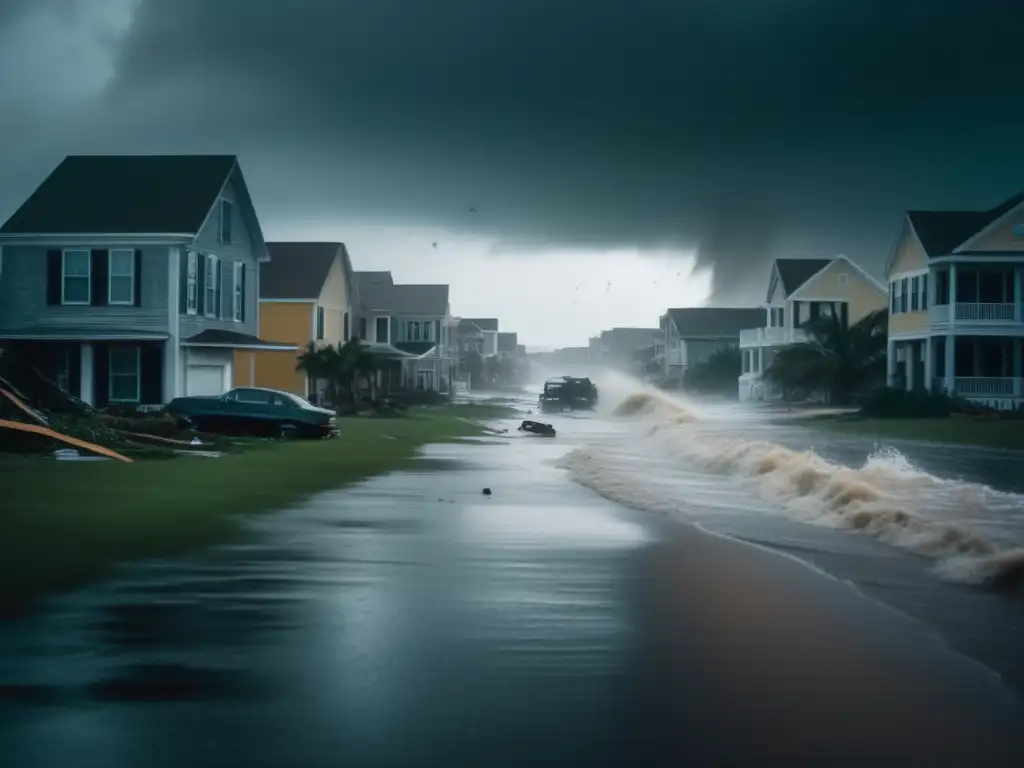
Storm Surge
A storm surge is a rise in sea level due to the pressure of the storm. Storm surges can cause significant flooding and pose a severe threat to coastal areas. It's critical to evacuate if in the path of a storm surge.
Flooding
Heavy rainfall from a hurricane can cause flooding, even in areas not typically prone to floods. Flash flooding can quickly occur, posing a risk to individuals caught in dangerous situations. It's essential to stay informed and heed warnings when issued.
Tornadoes
Tornadoes can occur during hurricanes and can have devastating effects. These tornadoes are typically short-lived, but they can cause significant damage. It's essential to be aware of the potential threat and have a plan in place for taking shelter.
Preparation
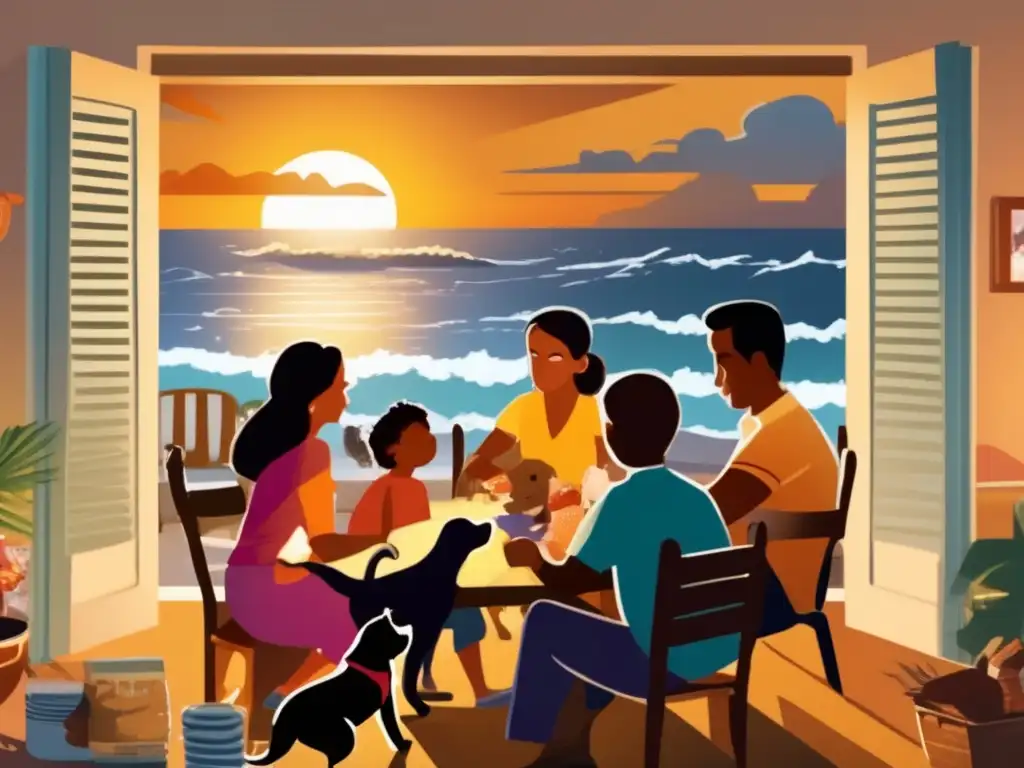
Evacuation
Evacuations are often ordered for areas in the path of a hurricane. It's essential to evacuate as soon as possible and follow designated routes to ensure safety. Being prepared with a "go-bag" containing essential items such as medication, important documents, and a first aid kit is crucial for making a quick and smooth evacuation.
Emergency Kit
Having an emergency kit on hand is crucial for being prepared for a hurricane. The kit should include items such as non-perishable food, water, flashlights, batteries, and a battery-powered radio. For those with pets, it's essential to include pet food and any necessary medications in the kit.
Protecting Property
Boarding up windows, securing outdoor furniture, and trimming trees are all ways to protect property from potential hurricane damage. It's essential to take these precautions before a storm hits to minimize destruction.
Safety During Hurricanes

Staying Indoors
During a hurricane, it's crucial to stay indoors. High winds and heavy rain can create dangerous conditions outside. Stay away from windows and doors and seek shelter in an interior room or closet.
Generator Safety
If using a generator during a power outage, it's essential to follow safety guidelines. Generators should be kept outside and away from windows and doors to prevent carbon monoxide poisoning. Additionally, never attempt to connect a generator directly to a home's electrical system.
Using Candles
Candles can provide light during a power outage, but they can also be dangerous. Keep candles away from flammable items and never leave them unattended.
Post-Hurricane Recovery
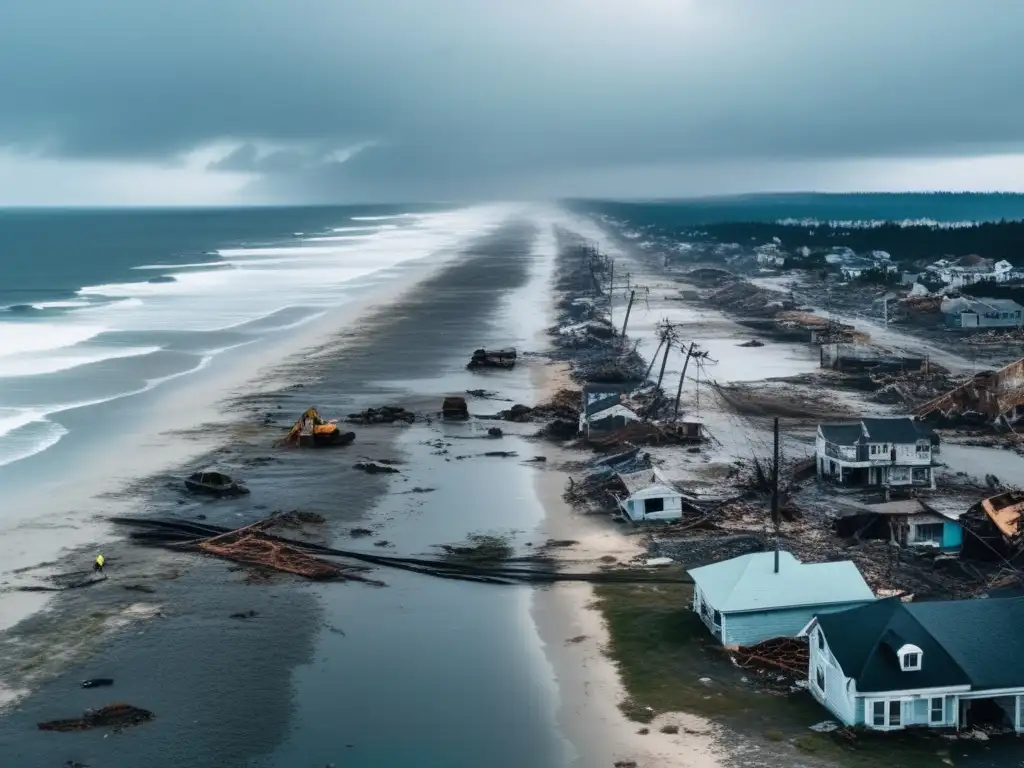
Clean Up
After a hurricane, it's essential to begin the clean-up process immediately. Remove any debris or fallen trees and check for any structural damage to the home.
Power Outages
Power outages can last for several days after a hurricane. Keep food and water supplies on hand, and never attempt to use a generator indoors.
Insurance Claims
If property damage has occurred, it's crucial to file an insurance claim promptly. Document the damage with photographs and keep all receipts related to repair costs.
Frequently Asked Questions

-
What is the Saffir-Simpson Hurricane Wind Scale?
The Saffir-Simpson Hurricane Wind Scale is a categorization system used to classify hurricanes based on their wind speed.
-
What is the difference between a hurricane watch and a hurricane warning?
A hurricane watch is issued when there is a possibility of hurricane conditions within 48 hours, while a hurricane warning is issued when hurricane conditions are expected within 36 hours.
-
What should I include in my emergency kit?
An emergency kit should include items such as non-perishable food, water, flashlights, batteries, and a battery-powered radio. For those with pets, it's essential to include pet food and any necessary medications in the kit.
-
Is it safe to use candles during a power outage?
Candles can provide light during a power outage, but they can also be dangerous. Keep candles away from flammable items and never leave them unattended.
-
What should I do if my property is damaged during a hurricane?
If property damage has occurred, it's crucial to file an insurance claim promptly. Document the damage with photographs and keep all receipts related to repair costs.
Conclusion
Understanding the terminology associated with hurricanes is crucial for being prepared and staying safe. This glossary has provided a comprehensive overview of the basics of hurricanes, including preparation, safety during and after the storm, and the impact hurricanes can have on coastal areas. By following these guidelines and heeding warnings, individuals living in hurricane-prone areas can ensure their safety during these intense natural disasters.
Additional Resources
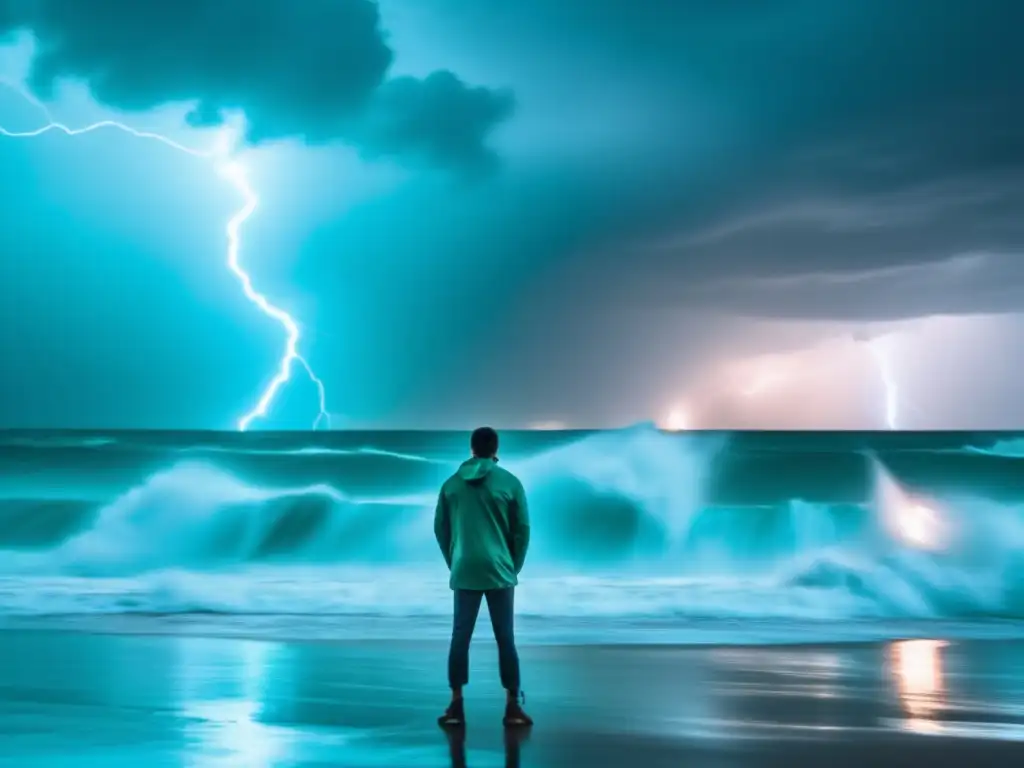
For more information about hurricanes, visit the National Hurricane Center at https://www.nhc.noaa.gov/. The Federal Emergency Management Agency (FEMA) also provides helpful resources for hurricane preparedness and recovery at https://www.ready.gov/hurricanes.
 The Long-term Environmental Effects Of Hurricanes
The Long-term Environmental Effects Of Hurricanes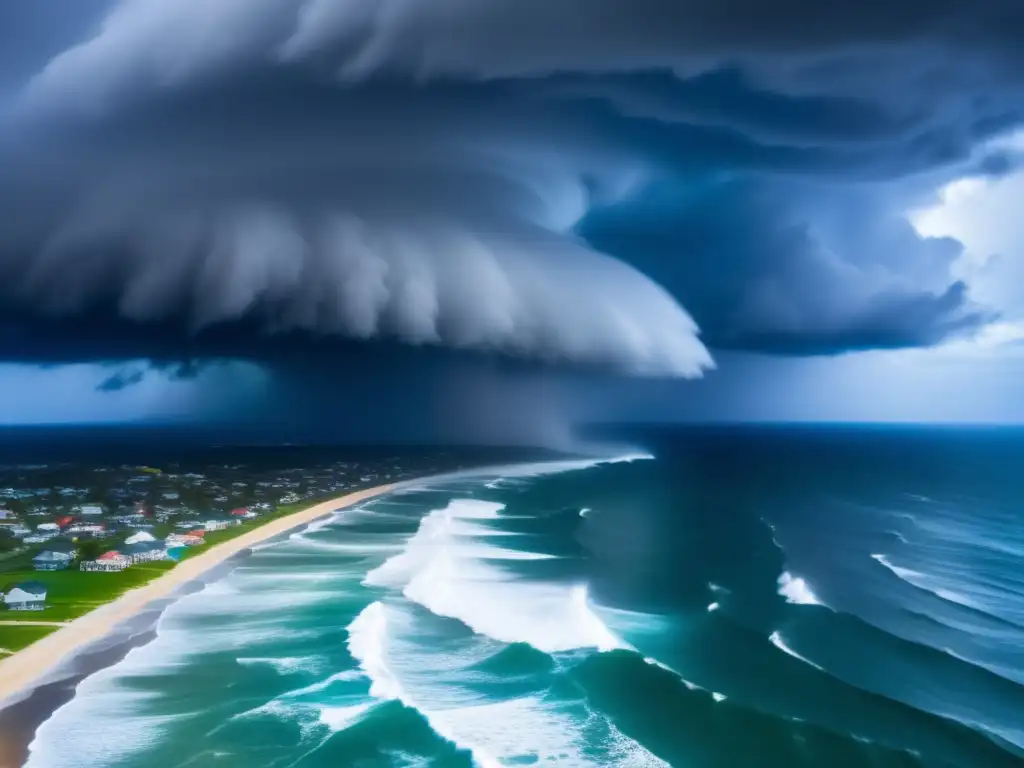 Hurricanes In Pop Culture: Movies And Documentaries
Hurricanes In Pop Culture: Movies And Documentaries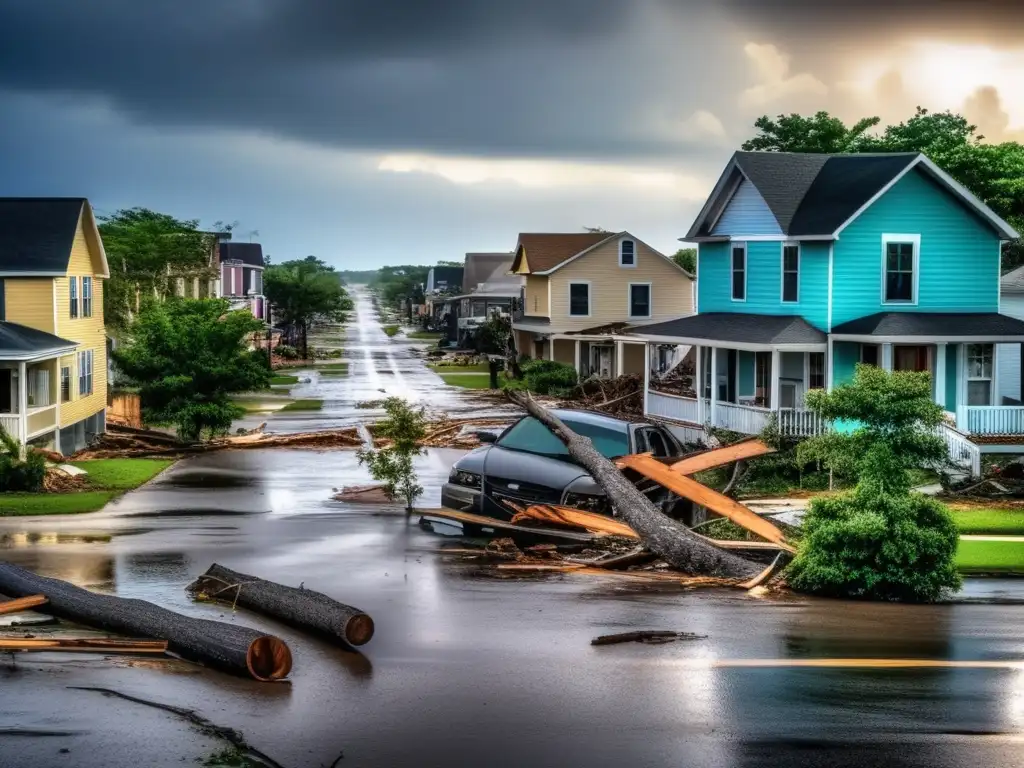 The Day After: What Happens To A Community After A Hurricane?
The Day After: What Happens To A Community After A Hurricane?If you want to discover more articles similar to Navigating Hurricane Terminology: A Glossary, you can visit the Basic knowledge about hurricanes: category.
Leave a Reply

Articulos relacionados: